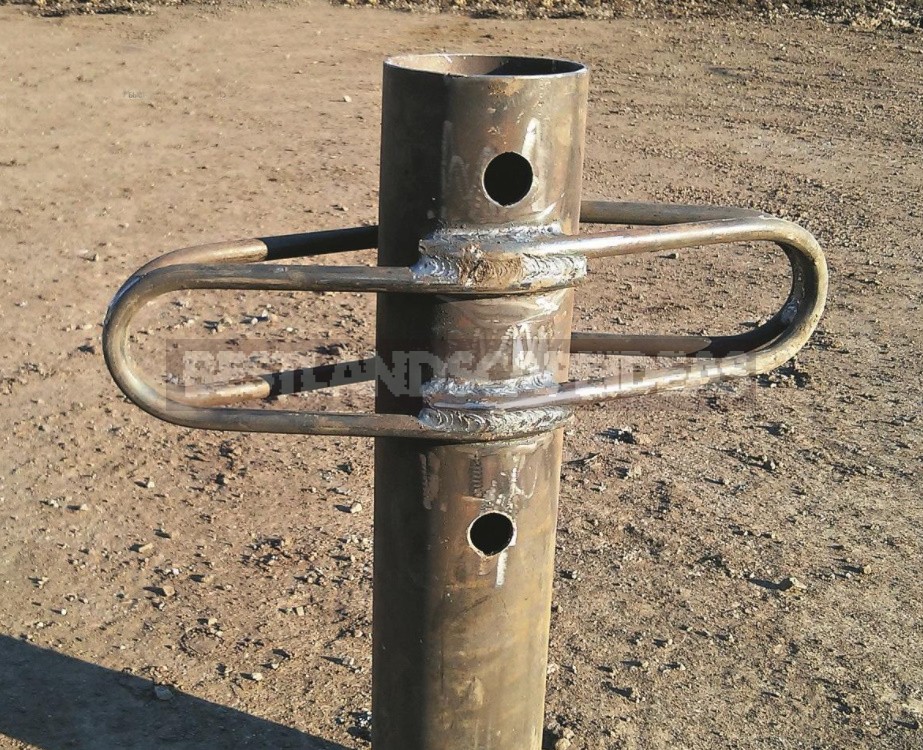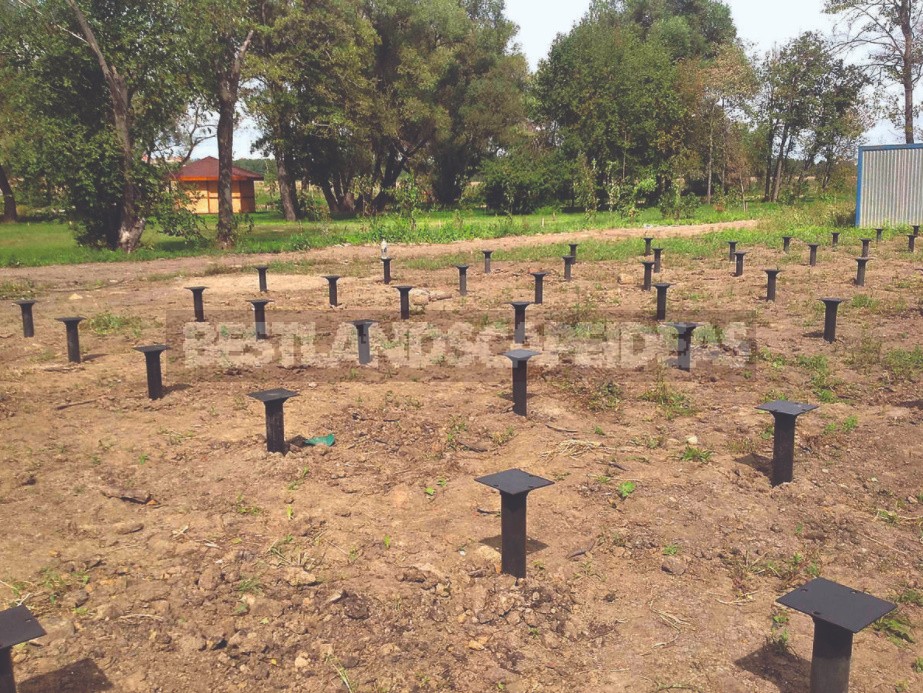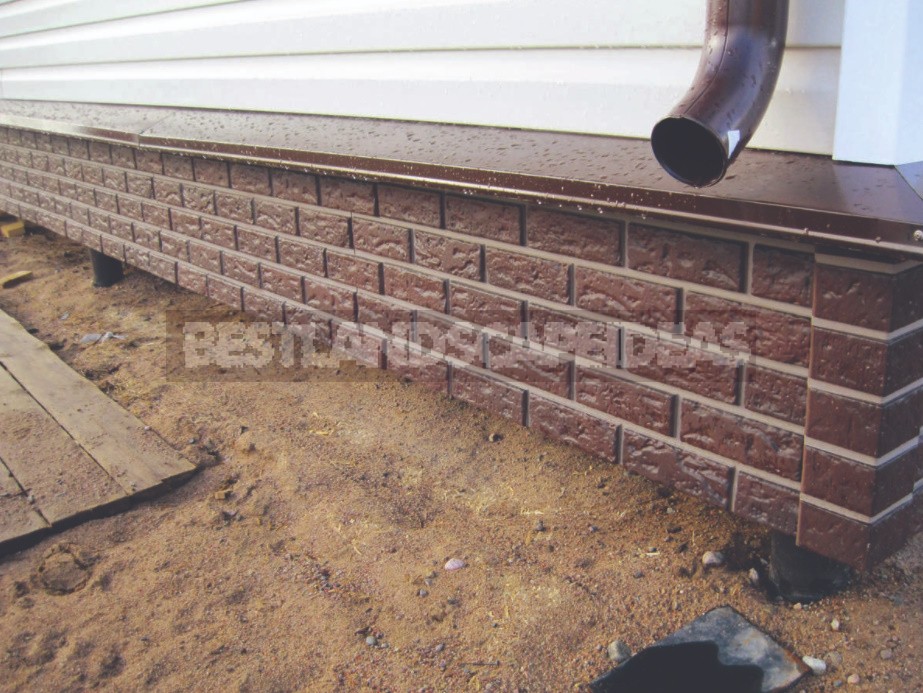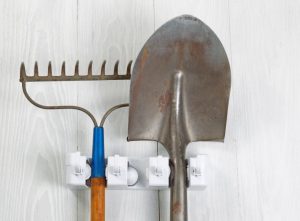
You can mount a pile-screw foundation on almost any soil. And even a device for twisting screw piles can be made independently. But before you do this, you need to know about some of the nuances of such work.
Screw Pile anchor effect
The screw pile is a two-meter steel pipe with a pointed tip Ø 48-219 mm and walls 4-5 mm thick. Blades made of sheet steel with a thickness of 4-10 mm are welded to the tip in a spiral.
The diameter of the pile on the blades can be from 150 to 300 mm or more. The most popular pile is Ø 108 mm with a blade Ø 300 mm. In principle, this is a large “self-tapping screw” that is screwed into the ground. It should be noted that both the diameters and the dimensions of the piles along the length can be different depending on the nature of the building or its purpose (the foundation for the gazebo, fence posts, pergolas). The photo below shows piles without tips — simplified, with beveled ends. They are cheaper, but it is more difficult to twist them into the ground. By the way, the tips can also be cast-it all depends on the technological capabilities of the pile manufacturers.

And no matter how beautiful painted piles look, it is better to choose galvanized ones: they are more resistant to corrosion and will last longer. When the pile is screwed in, the moving blades seal the ground. This leads to the fact that even weak soils increase the load-bearing capacity. Usually, one pile can withstand from 4 to 9 tons of both compressive and ejection loads in almost any soil. That is, a pile screwed into the ground serves as an anchor, which is important for a fixed foundation support point. This foundation ensures the stability and durability of the building.
Preparing for work
Before the construction of the foundation, it is necessary to determine the required number of piles, taking into account the mass of the structure resting on it, the nature of the soil and the water table. It is especially important for the preliminary calculation of the number of screw piles to take into account the design features of the building being built: the number of floors, the layout of the premises, the location of window and door openings, the scheme of the supporting structures of the first floor floor, the presence of stairs, a stove or a fireplace.
For the construction of a house with a plan size of 6 × 6 m, the foundation will require 9 or more piles (Ø 108 mm, l = 2.5 m), and for a house with a size of 9 × 9 m — from 16 of the same piles. The bearing capacity of piles according to the results of field tests depends on the soil: in clay soils-2-4 tons, in sandy loam-3-6 tons, in sand-6-9 tons.
Under a two-storey house with an area of 150 m2, 20-25 piles are usually screwed in. The screw foundation of the house is obtained with a margin of load-bearing capacity. If the house is heavier than 40 tons, then the piles need to be thicker — and they are made to order.
Device for self-installation of piles
Installation of piles is carried out either mechanically with the help of special equipment, or manually. Unfortunately, a car with a device for screwing in piles can not always drive up to the construction site. As a result, you have to do everything with your own hands. It is not uncommon for the foundation to be built on a slope, in a forest or on a built – up and well-maintained suburban area.

The first screw is the base pile — usually a corner pile. For manual screwing, you will need the simplest equipment: a crowbar and a pair of strong pipes with a length of 2-3 m. The crowbar is inserted into the hole in the upper part of the pile, and pipes are put on it as levers on both sides. Some craftsmen prepare other versions of the devices. For example, a gate made of a larger diameter pipe with a through hole or with welded brackets made of rebar. They are threaded and when the pile rotates, the pipes-levers rest against them.

This device allows you to work the levers in a limited space-at the fence, at the old building or among the trees. To rotate the pile, you will need four, or better, five people who can apply a force of 300-500 kg to the lever. The fifth worker is needed to control the strictly vertical position of the pile at its entrance into the ground.
Subsequent piles are placed in accordance with the layout and plan of the pile foundation device with a step of 2-3 m, taking into account the device of grillages made of wooden beams or logs. Under standard conditions, the depth of the pile in the ground should be lower than the winter freezing.Upon completion of the installation of piles (which takes 1-2 days), they are cut at the level, guided by the base pile.

If some of the piles are below the required level, then additional pipes of the required length are welded to them. After leveling the piles in height, the heads are installed on them, on which the binding of the beam or channel is laid. In the case of using a channel, you can not put the heads.
If the walls are planned to be built of brick or the building will weigh at least 40 tons, then the binding should be made of reinforced concrete. For its casting, a plank formwork with a grillage is constructed, which is placed on the platforms of the heads. Inside, the reinforcement binding is laid, and then the concrete is poured.
Plinth finish
To prevent the house from being blown by the wind and it does not look like a “hut on chicken legs”, the piles are usually sheathed with aceid or aquapanels. The cladding can be finished with facade panels, “wild stone” or clinker.
The easiest way to fix the panels on piles is with self — tapping screws. However, most often, wooden bars are pre-attached to the piles, and panels are attached to them. It is very important that between the bottom of the panels and the blind area or the ground there is a gap of 3-4 cm for ventilation and to avoid damage during the winter heaving of the frozen ground.

Around the plinth, it is necessary to arrange a blind area with a width of at least 70 cm, protruding beyond the overhang of the roof cornice and having a slope from the walls of the building. Experts say that with proper manufacturing, proper anti-corrosion protection and proper installation, the screw pile Ø 108 mm with a wall thickness of 4 mm will last at least 100 years.
It is clear that it is now impossible to confirm or deny this statement. However, the two-hundred-year history of the use of screw piles and the absence of any alarm signals about intense corrosion in the low-rise construction sector over the past 10 years indirectly confirm the reliability of the screw foundation.
It is quite easy to monitor the condition of screw piles. The zone of increased risk of corrosion is located near the ground surface. Periodic revision of the pile condition is not technically difficult. In order to protect buried metal structures (tanks, pipelines, piles) from rust, there is a reliable method — cathodic (active or passive) protection. With its help, screw piles will serve for many years.




Leave a Reply